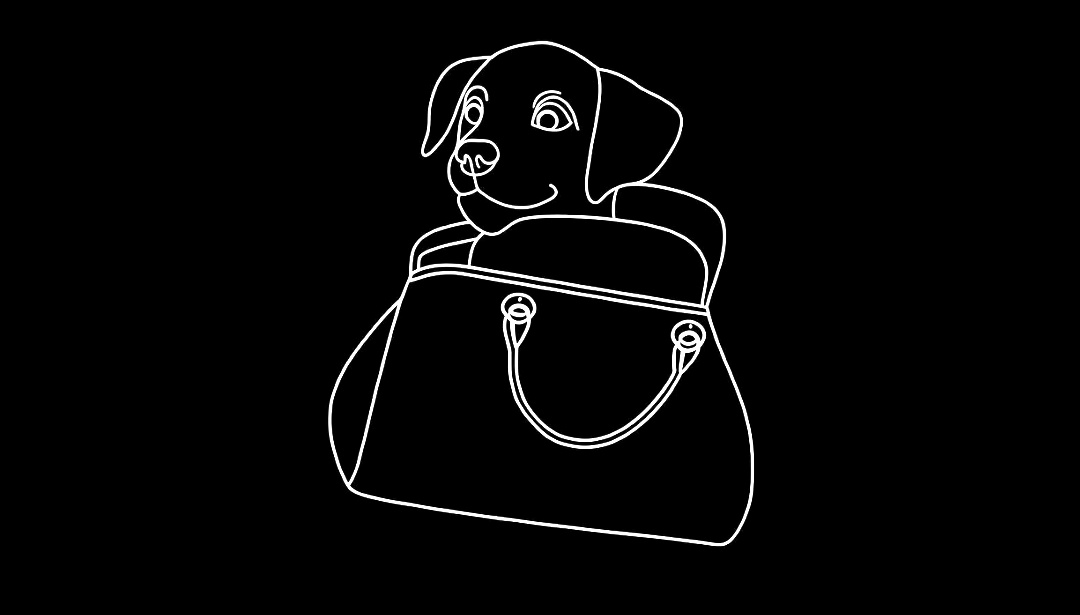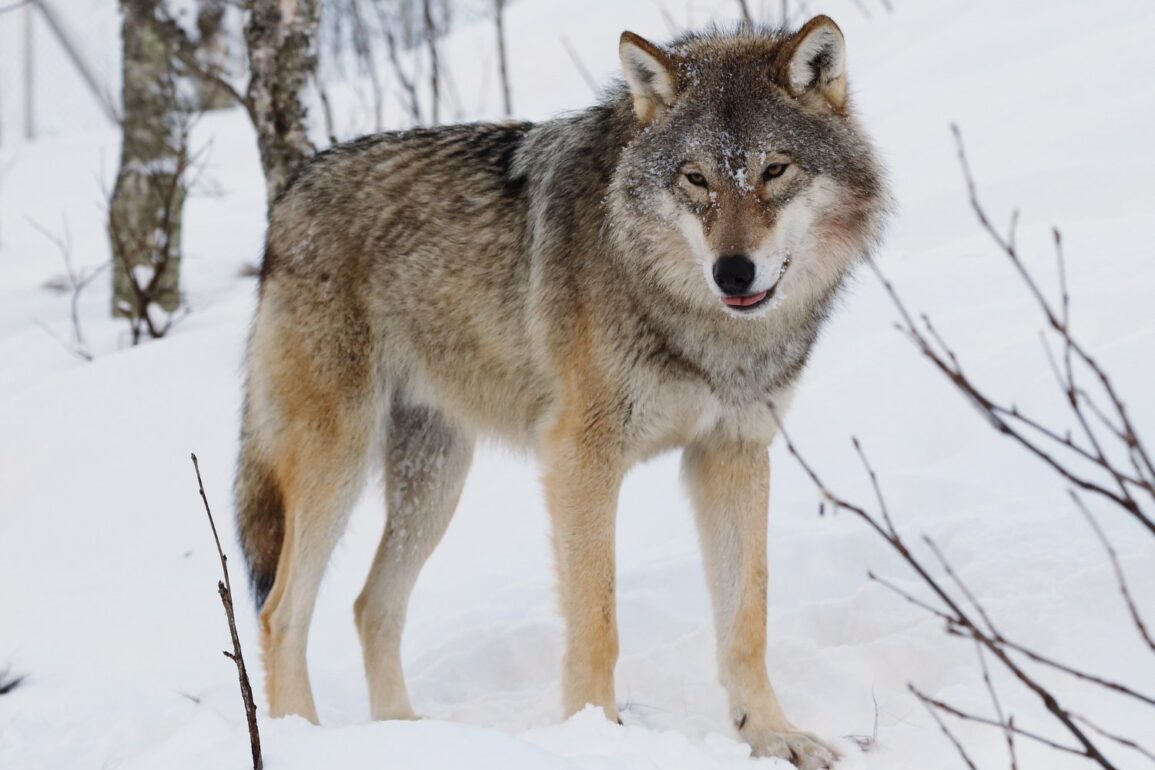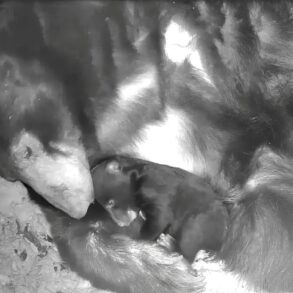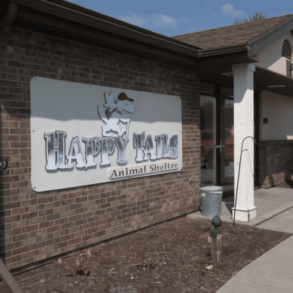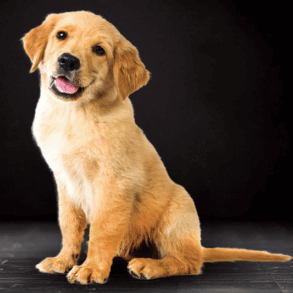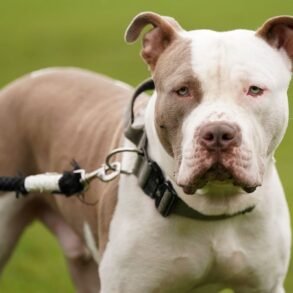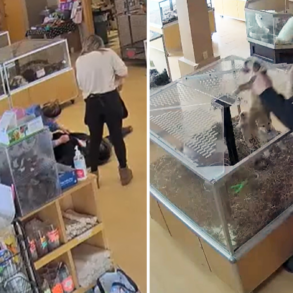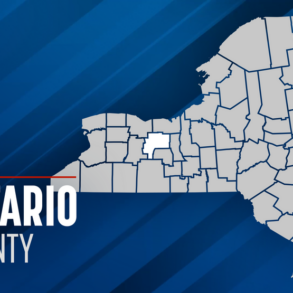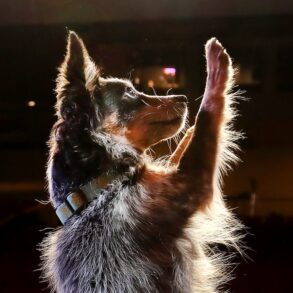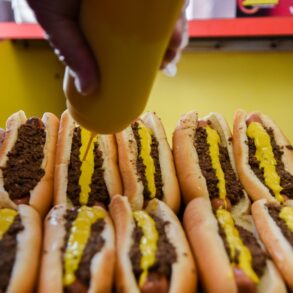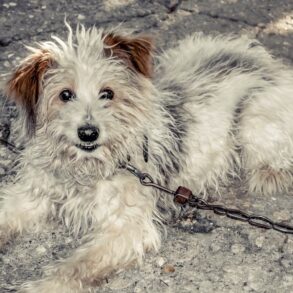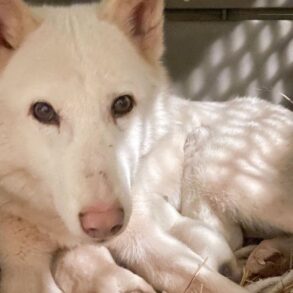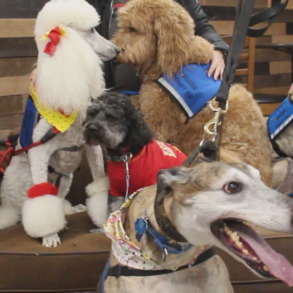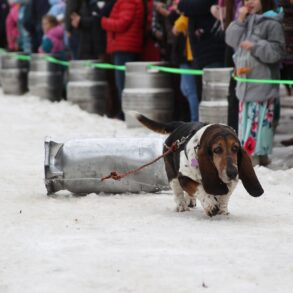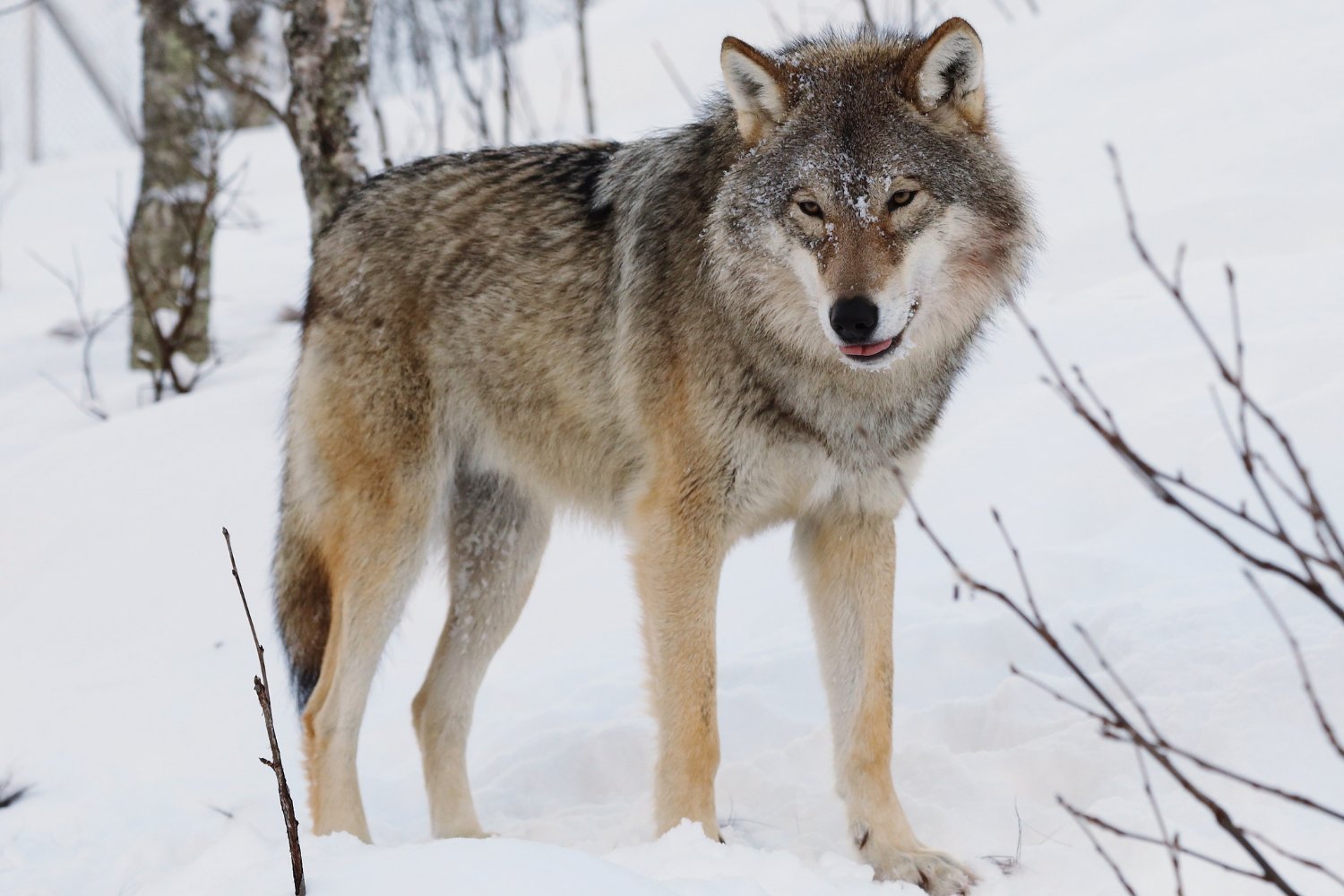
It’s hard to imagine that dogs descended from fierce grey wolves—especially when your fat labrador begs for peanut butter, or your poodle snores on the couch.
And yet, that’s exactly what happened. The ancestors of grey wolves were domesticated into dogs in two distinct periods: around 30,000 to 15,000 years ago, and 15,000 years ago to the modern era. While the more recent period likely saw humans selectively breeding for tamer wolves, the domestication process of the older period has been hotly debated.
Researchers in the U.S. have uncovered new evidence bolstering a classic hypothesis—that wolves domesticated themselves to access food from prehistoric human settlements. A common pushback against this hypothesis is that natural selection without human intervention couldn’t have occurred so quickly, but the researchers used mathematical models to demonstrate that, actually, it’s paw-sible. Their research is detailed in a study published February 12 in Proceedings of the Royal Society B: Biological Sciences.
Saying that wolves self-domesticated might give the wrong impression—like one day, a wolf just decided to play fetch for mammoth scraps. In reality, self-domestication likely meant that docile wolves had an evolutionary advantage, allowing them to approach human settlements and eat food waste.
“This method provided a relatively easy and consistent food source in comparison to fluctuating wild food sources,” the researchers wrote in the study. “In doing so, these wolves required less adrenaline, i.e. were less aggressive or apprehensive, which increased their tolerance and preference to living close to early humans. These wolves then colonized the human-occupied environments and, from this group, emerged the first primitive dogs.”
The team, including researchers from Valparaiso University, Indiana, investigated the so-called “time constraint objection” to the self-domestication hypothesis, and they did so by using computer models to simulate the evolution of a single wolf trait: human tolerance (sounds more like a cat trait, if you ask me). The models factored in the ability of simulated wolves to freely choose mates (meaning some docile wolves could still breed with less docile ones).
Ultimately, “our results indicate that the [self-domestication] hypothesis cannot be rejected on the basis of time constraints,” they wrote in the study. In other words, wolves could have naturally evolved into dogs, without human intervention, within the 15,000-year time period of the earlier domestication event. For this to happen, though, wolves would have had to choose to live near human settlements and breed with other relatively docile wolves.
The researchers emphasize that, while their models show some self-domestication timelines could have overcome the time constraint objection, they don’t prove this is exactly how it happened. This is a computer simulation, after all, and not necessarily a true representation of reality. There are also other legitimate objections that the study did not aim to address, such as whether prehistoric humans would have produced enough food scraps for wolves, or if they would have tolerated the proximity to wild animals in the first place.
It’s also worth noting another adorable competing theory: the pup-adoption hypothesis. As the name suggests, this idea proposes that humans raised wolf pups and socialized them within their settlements. Pups that failed to adapt, despite human rearing, were likely put down… while the others would have been considered diamonds in the ruff.
This post was originally published on this site be sure to check out more of their content.
